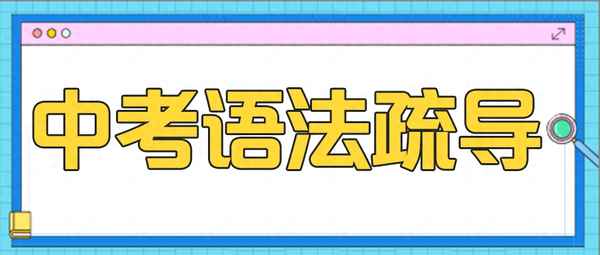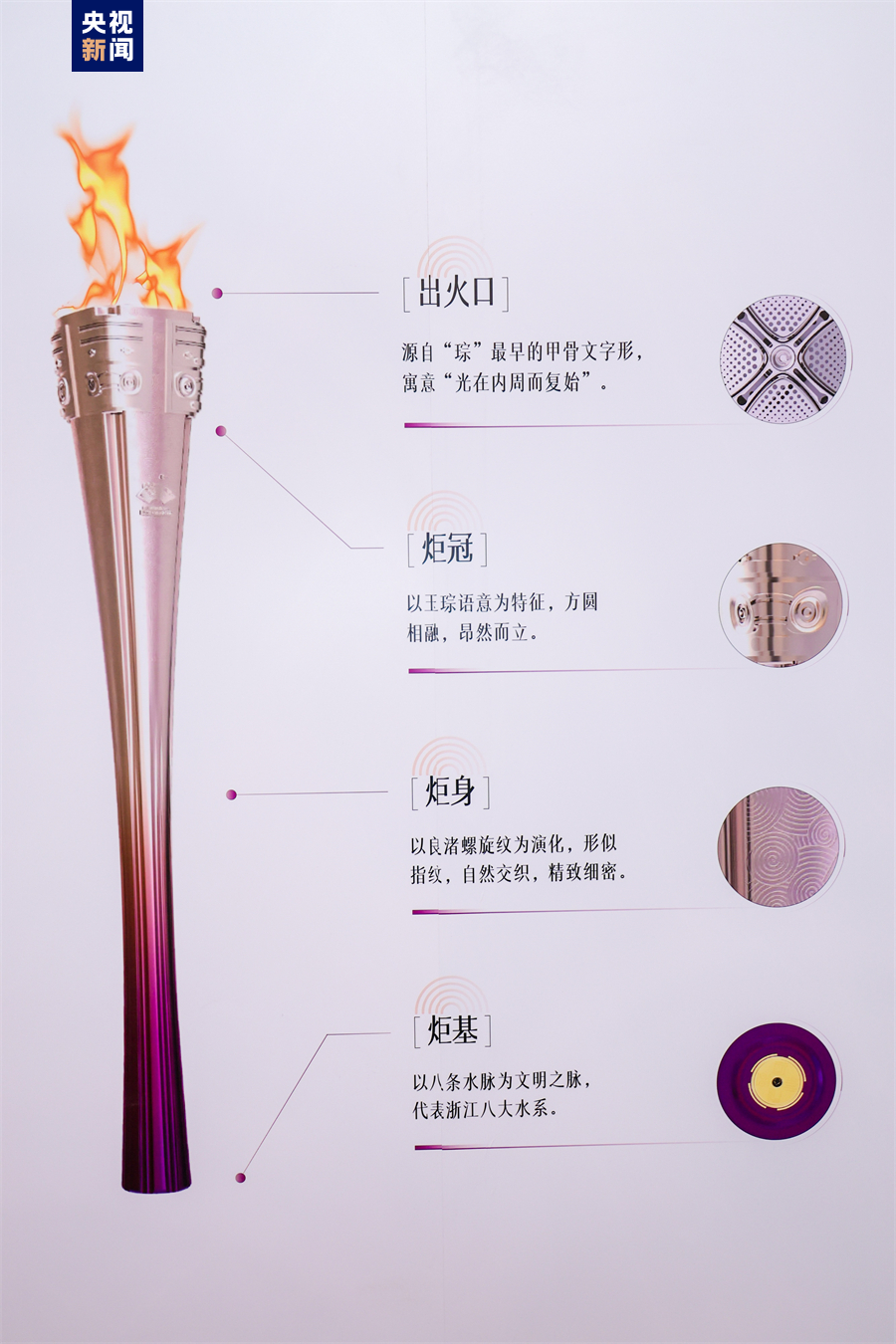英語(yǔ)語(yǔ)法專業(yè)術(shù)語(yǔ)整理-英語(yǔ)專業(yè)語(yǔ)法專業(yè)術(shù)語(yǔ)總匯

考點(diǎn)一:可數(shù)名詞&不可數(shù)名詞
1. 可數(shù)名詞
(1) 初中學(xué)過(guò)的名詞復(fù)數(shù)形式不規(guī)則變化的有:
a. child→children,
tooth→teeth,
mouse→mice,
foot→feet,
leaf→leaves
b. 單復(fù)數(shù)同形:Chinese, Japanese, sheep, fish (注意:fish的另一種復(fù)數(shù)形式為fishes)
c. man和woman及由它們構(gòu)成的合成詞:
man→men,
woman→women,
Englishman→Englishmen,
Frenchman→Frenchmen,
policeman→policemen,
policewoman→policewomen,
postman→postmen
溫馨提示:
以下名詞復(fù)數(shù)形式雖然是規(guī)則變化的,但需要特別記憶:
German(s), bamboo(s), radio(s), piano(s), potato(es), tomato(es), hero(es), zero(s/es)
(2) 集體名詞
a. 以單數(shù)形式出現(xiàn),但實(shí)為復(fù)數(shù)。如:people, police。
b. 既可作單數(shù)也可作復(fù)數(shù),視它們?cè)诰渲械暮x而定,如被看作一個(gè)整體,就作單數(shù)用;如被看作組成該集體的成員,則作復(fù)數(shù)用。如:class, family, public, government。
(3) 名詞修飾名詞時(shí),若前面的名詞是man和woman,變復(fù)數(shù)時(shí),兩個(gè)名詞同時(shí)變?yōu)閺?fù)數(shù)形式,如 a woman doctor→two women doctors;如果是其他名詞,變復(fù)數(shù)時(shí),只需把后面的名詞變?yōu)閺?fù)數(shù)形式,如a boy student→five boy students。
(4) 由“數(shù)詞帶連字符+名詞+形容詞”作定語(yǔ)時(shí),該名詞用單數(shù)形式,如a ten-week-old baby。
2. 不可數(shù)名詞
沒(méi)有單、復(fù)數(shù)形式的變化。但若要表示不可數(shù)名詞的量,通常可用相應(yīng)的單位詞,復(fù)數(shù)形式常體現(xiàn)在單位詞上。
a. 表示個(gè)數(shù)的單位詞,如piece,構(gòu)成a piece of meat / paper / cake / bread / music / advice / news。
b. 以形狀表示個(gè)數(shù)的單位詞,如drop,構(gòu)成 a drop of water / oil。
c. 表示容積的單位詞,如bottle, bowl, spoon, glass, cup,構(gòu)成 a bottle of juice, a bowl of rice, a spoon of sugar, a glass of water, a cup of coffee。
d. 表示度量單位的詞,如kilo, pound,構(gòu)成a kilo / pound of meat。
3. 兼作可數(shù)和不可數(shù)的名詞
這類名詞需在句中根據(jù)語(yǔ)法及句意判斷是可數(shù)還是不可數(shù)。如:
glass(玻璃)→a glass(玻璃杯)
chicken(雞肉)→a chicken( 小雞)
orange( 橙汁)→an orange( 橙子)
experience(經(jīng)驗(yàn))→an experience(經(jīng)歷)
surprise(驚奇)→a surprise(令人驚奇的事)
room(空間)→a room(房間)
4. 可數(shù)名詞和不可數(shù)名詞的修飾詞
修飾可數(shù)名詞:基數(shù)詞(如one),不定冠詞(a, an),many, several, few, a few, a number of
修飾不可數(shù)名詞:much, little, a little
既可修飾可數(shù)名詞又可修飾不可數(shù)名詞:some, a lot of, lots of, enough, plenty of
5. 對(duì)可數(shù)名詞及不可數(shù)名詞的數(shù)量提問(wèn)時(shí)使用的疑問(wèn)詞
a. 對(duì)可數(shù)名詞的量提問(wèn)時(shí)用how many。
b. 對(duì)不可數(shù)名詞的量提問(wèn)時(shí)用how much。
考點(diǎn)二:名詞所有格
1. 構(gòu)成
單數(shù)名詞、人名和不以-s結(jié)尾的復(fù)數(shù)名詞的所有格通常在詞尾加's;以-s結(jié)尾的復(fù)數(shù)名詞的所有格在詞尾加'。
2. 用法
(1) 表示“某人的”,如Tom's。
(2) 表示兩者共同擁有,只在第二個(gè)名詞后加's即可;表示兩者各自擁有,則每個(gè)名詞后都加's。
(3) 時(shí)間、距離、價(jià)格、國(guó)家、城市等名詞作定語(yǔ),
如: last month's trip,
a hundred meters'distance,
five dollars' food,
China's development,
Beijing's hutongs。
3. 與of短語(yǔ)的關(guān)系
(1) 有時(shí)'s所有格和of短語(yǔ)可以互換使用,
如: the house's door = the door of the house。
(2) 有時(shí)兩者不能互換使用,
如: men's shoes = shoes for men,
children's stories = stories for children。





